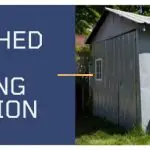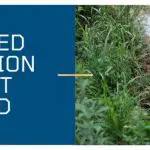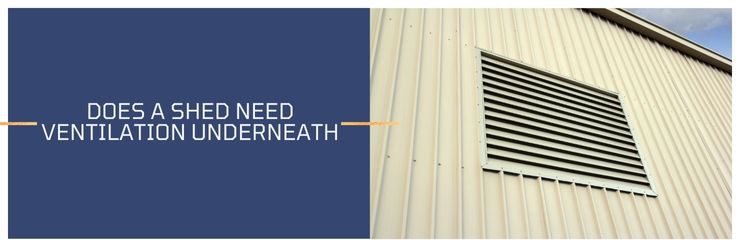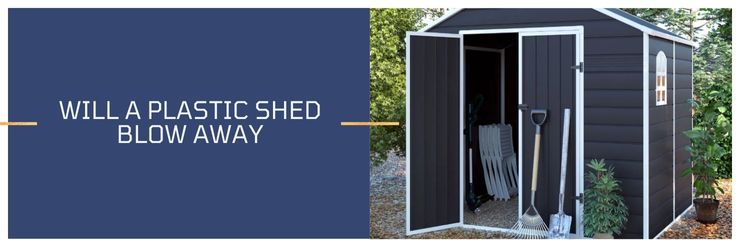We all know that a shed is a perfect place to store tools, lawn mowers, and other outdoor gear. But can I put them up anywhere, can I build a shed under power lines?
It is possible to erect a shed under power lines if you have the clearance needed. The minimum height clearance for most power lines is 10 feet, so you will need to factor that in when deciding how tall to make your shed.
Besides, it is best to consult with your local utility company to be sure you are not violating any rules or regulations.So, while you can build a shed under power lines, be sure to do your research first! In this blog post, we’ll discuss the pros and cons of building a shed under power lines and provide some tips on how to do it safely. Stay tuned!
Can I Build a Shed Under Power Lines
Although not usually recommended by power providers, you can erect a shed under a power line. But, to do this, a representative from your power provider will have to come on-site to ensure that the height allowance is safe.
When building a shed, you may need a shed building permit, if so then you can speak with the representatives about your sheds placement.
When it comes to sheds, most power providers recommend at least a 10 ft. clearance from the highest point of the shed to the power line’s maximum sag, depending on the power line.
Most people know that it’s not a good idea to build a house under power lines, but what about a shed?
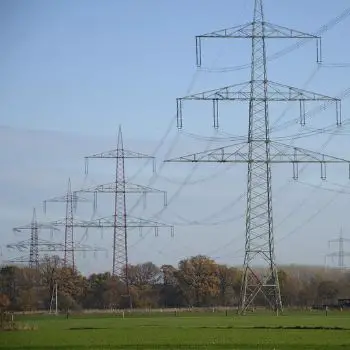
After all, sheds are much smaller and don’t require nearly as much construction. Can you build a shed under power lines, or is it just as dangerous?
As I mentioned earlier, it is not advisable, and we can look at it in another direction. It depends on the voltage of the power lines.
- Low-voltage lines (less than 600 volts) pose little risk, and it’s perfectly safe to build a shed under them.
- However, high-voltage lines (more than 600 volts) can be extremely dangerous, and it’s best to avoid them completely.
In fact, even coming into contact with high-voltage lines can be fatal.
So if you’re planning to build a shed, it’s important to check the voltage of the power lines first. If they’re high-voltage, look for another spot to build.
How Close to Power Lines Can You Build a Shed
When it comes to building a shed, there are many factors to consider.
One of the most important is the proximity of power lines. While building as close to the property line as possible may be tempting, this can be a dangerous proposition.
Power lines carry high-voltage electricity, and coming into contact with them can be fatal. The exact distance that you need to keep between your shed and power lines will depend on the voltage of the lines.
For example, Transmission lines typically carry 115,000 volts or more voltages and must be kept at least 50 feet away from any building or structure.
On the other hand, distribution lines typically carry between 4,000 and 69,000 volts and must be kept at least 10 feet away.
Where the vertical distance above ground of conductors of 7,500 volts or less is in excess of 35 feet, this horizontal clearance from buildings shall be permitted to be less than 6 feet, but shall be not less than 4 feet. This is according to the California Code of Regulations, title 8, section 2824.
As a general rule of thumb, it’s always best to err on the side of caution and keep a safe distance from any power lines.
What are the Risks of Having a Shed Under Power Lines
Most people don’t give it a second thought, but where you build your garden shed can have an impact on its safety.
- One hazard to consider is the proximity of power lines. While it might be convenient to tuck your shed underneath a high-voltage line, there are some risks to be aware of.
- First, if the shed is hit by lightning, the electrical current can travel through the metal roof and walls, causing a fire or electrocution.
- Second, if the power line falls during a storm, it could land on the shed, crushing it and anyone inside.
- And finally, if you ever need to make repairs to the roof or walls of the shed, working around high-voltage lines can be extremely dangerous.
So while having a shed under power lines might seem like a good idea at first, it’s important to weigh the risks before deciding.
Types of Power Lines and their Regulation Safe Distances
Living near high-voltage transmission power lines has been the subject of much debate. Some experts suggest that the ideal distance is 1,970 ft., but others say that the distance may vary depending on the type of power line.
For example, smaller distribution lines may only require a 10-20 ft. buffer. The controversy results from the fact that there is no definitive way to measure the distance from the power lines.
Many experts base their recommendations on the effects of EMFs on buildings, but there is no conclusive evidence that EMFs are harmful.
As a result, the best course of action is to err on the side of caution and avoid living too close to high-voltage power lines.
Considering different factors, the following distance are safe for the respective power lines
- 133 kV lines, a 100-foot distance is fine
- 230 kV lines, a 150-foot distance is fine
- 345 kV lines, a 250-foot distance is fine
- 550 kV lines, a 350-foot distance is fine
There are three types of power lines: underground, aerial, and rural.
The distances that buildings must be from these power lines vary depending on the type of line.
- Underground power lines – They are the safest type of power line. The National Electrical Code (NEC) does not regulate them, but they must be buried at least 18 inches deep.
- Aerial power – Aerial power lines are the most dangerous type of power line. They must be at least 10 feet away from buildings.
- Rural power – Rural power lines are the second most dangerous type of power line. They must be at least 6 feet away from buildings.
The NEC regulates all three types of power lines. The NEC is a set of national standards for installing and maintaining electrical equipment.
The National Electrical Code is the most important safety code for power lines. It is enforced by local building departments.
Building departments enforce the NEC by requiring that all new construction and renovations comply with the code. They also inspect electrical equipment to make sure it is safe.
The NEC requires that power lines be kept away from buildings to prevent fires and electrocutions. The code does not specify a minimum distance for power lines, but it does require that they be “clear of obstructions.”
The NEC also requires that power lines be kept away from trees, poles, and other objects that could fall on them. This is to prevent the lines from being knocked down in a storm.
The NEC does not regulate the distance between power lines and buildings that are already built. However, it is generally unsafe to have power lines close to buildings.
If you are planning to build a shed, you should check with your local building department to see if there are any restrictions on the distance between the shed and power lines.
You should also contact your local utility company to find out where the power lines are located. It is important to stay away from power lines when you are working on your shed.
Conclusion
Can I build a shed under power lines? While you can technically erect a shed under power lines if you have the clearance, it’s always best to check with your local power company first to make sure that there won’t be any issues.
And remember, just because you CAN do something doesn’t mean you SHOULD – always weigh the risks and benefits before making any major decisions about your property.
Have you ever considered putting up a shed under power lines? If so, what were some of the challenges you faced?


